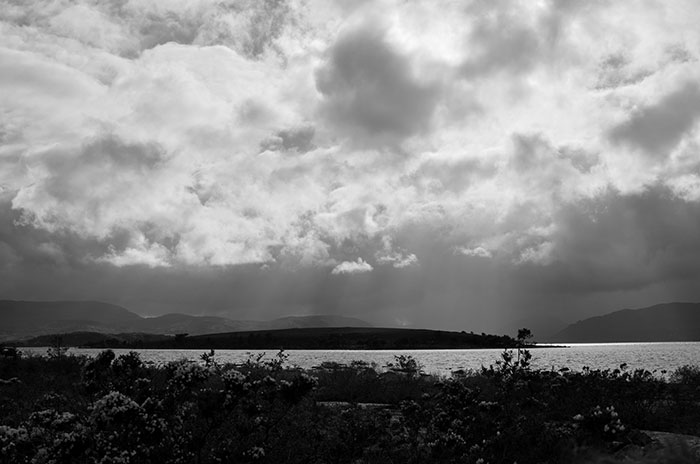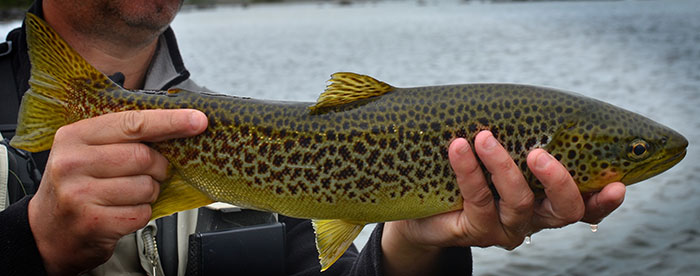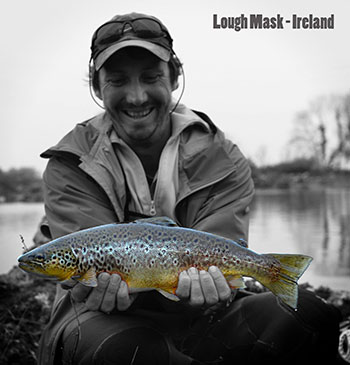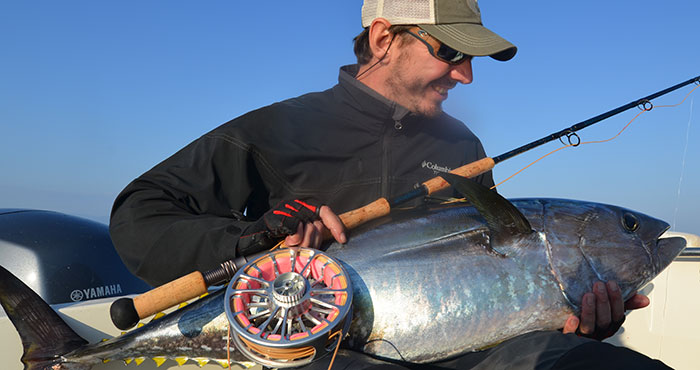
For months now we’ve been enjoying several stellar videos from the 9p#5 Media team in France. Their principals are two very talented Frenchmen, Pierre and Nico, who clearly enjoy fishing together, exploring new places and new species, and have a gifted eye with the camera.
Follow them on Vimeo here, their blog (in French) here and on Facebook here.
For the first time on Chi Wulff, this interview was completed entirely in French and ably translated by our very own Mary Ellen McGlothlin (She Who Must Be Obeyed).
Please tell us a little about 9p#5 Media.
The story of 9p#5 Media is the story of two friends (Pierre and Nico) who knew each other 25 years ago and who learned to fish together in the little streams and rivers of Creuse. We lost sight of each other for a while, then reconnected later.
Pierre had become an expert fly fisherman; Nico wanted to learn, and we quickly rediscovered the pleasure of fishing together. We shared jokes, a point of view and an understanding about fishing.
Photography began to become more and more important during our outings. We invested in reflex cameras and noted their excellent video quality. Seeing more and more fishing videos on the net, we began to make them ourselves, and soon, began to work with light and ambiance rather than shooting the big fish at any cost. We also wanted to use music that we listened to and found perfectly fitted to our videos.
9p#5 Media – it’s now a small partnership looking for financing and wasy to make more ambitious videos; our goal is to promote fly fishing through our films.
Please tell us a bit about fly fishing in France/Western Europe. What do you enjoy most about it?
Although we are far from knowing all the country in Western Europe, what’s certain is that there is a wide variety of fishing and of fish species, due to the variety of climate and geology. And regarding Europe, particularly Western Europe, most of the fish are still wild. For example, for trout there is a variety of native Fario stock, like the Mediterranean stock (which we call “zebraed” because of their three stripes), the Corsican stock, the Ferox or Gillaroo in Ireland, etc.
We are beginning to know French rivers very well, and what we can say is that they represent an awesome and quite varied playing field. Between a fantastic river in central France like the Dordogne or a chalky river in the Jura where one can sight-fish while passing through totally wild locations like the high Tarn…and not forgetting the saltwater fishing that we are just discovering, the possibility of enjoying fly fishing all year long is enormous. And we are still far from knowing it all: carp fishing, bass fishing, and fishing for large carnivores are still to be explored.
We fish for trout and “ombre” mostly; that’s what we enjoy most right now. But we are just beginning to discover, thanks to guide Frederic Gori, saltwater fishing – particularly fishing for tuna on the fly. The power of this fish, its beauty and the challenge of catching it on the fly make this terrific.

What do you think are some of the biggest differences between North American and European fly fishers?
We’ve never had the chance to fish in North America. We can only suppose that maybe the biggest difference is the fact that we must fish much more technically in Europe, and maybe more particularly in France. Even though there are regions that are fished lightly (like northern Sweden, Iceland, the Lozere in France) many rivers are fished heavily due to heavier population densities.
So the fish are very educated, especially in the no-kill zones, and one must fish with a very discreet and slow approach. You must have a very long length of line (8-10 meters), and flies on size 14 – 20 hooks, using 22 for the “ombres” because they are delicate. Often the trout spook if they see anything unnatural: a fly too close by, a noise made too loud by the “ploc” of a nymph hitting the water, the shadow of the line passing above them, or the shimmer of a shining ring. The lines are also fine; we use a 12 cm almost all the time. It allows us to be discreet, but is strong enough to bring out very nice trout. Sadly, there are times that it’s too fine and the line breaks. But that’s a risk you take, because a larger line will not catch fish here.
As a result we think that fishing a fine line is very good because it allows good fishing for less educated fish. We’ve been able to verify this on holiday in Ireland. The Irish looked at us with big eyes when we showed them our “chironomes” on size 18 hooks, when their smaller flies (which work very well) are on size 8. But we saw that our technique works well…
If you could pick 3 places in the world to fish this year, what locations would be on your list?
If we had the luck to choose three destinations, they would certainly be locations that we want to film. The scenery and authenticity of the fishing would be essential.
In first place there would be fishing for bonefish and giant trevally. There are multiple destinations for these fish, and we think all of them would be terrific. In our wildest dreams, we would choose the Cook Islands.
 Patagonia fascinates us next; the extreme scenery and the wild quality attracts us greatly. And then the light, the colors, the life of the people there…
Patagonia fascinates us next; the extreme scenery and the wild quality attracts us greatly. And then the light, the colors, the life of the people there…
Finally, we would like to fish Ireland every year. It’s a country where people are extremely warm. We love the ambiance of the pubs and the beauty of the countryside. And fishing the big lakes is a delight. The weather can be complicated: wind, rain, cold…but we prefer to be in these somewhat extreme elements where there are such good trout to catch. This country is fabulously beautiful, and still completely authentic and preserved.
Cook Islands/Chilean Patagonia/Ireland…a dream schedule.
Where’s home and what are your home waters?
We live about 100 kms from each other, in the center of France, north of the Massif Central. Pierre lives in Creuse, in the country, not far from the river Creuse, the Thaurion or the Gartempe. Nico lives in the town of Clermont Ferrand, closer to the Sioule. Most of the time the trout are a modest size, from 20 – 35 cm. Therefore we don’t hesitate to go on the road to look for bigger fish. We often go to the Dordogne, the Ain or the Tarn. These rivers are 2-4 hours from home by car and are very different from each other, but which we are getting to know well. But we know well that there is nothing better than living next to the river and being there as much time as possible to understand well and precisely how it runs, what it’s hatches are, and when the fishing is best.
We’ll have the second half of our 9p#5 Media interview tomorrow.


